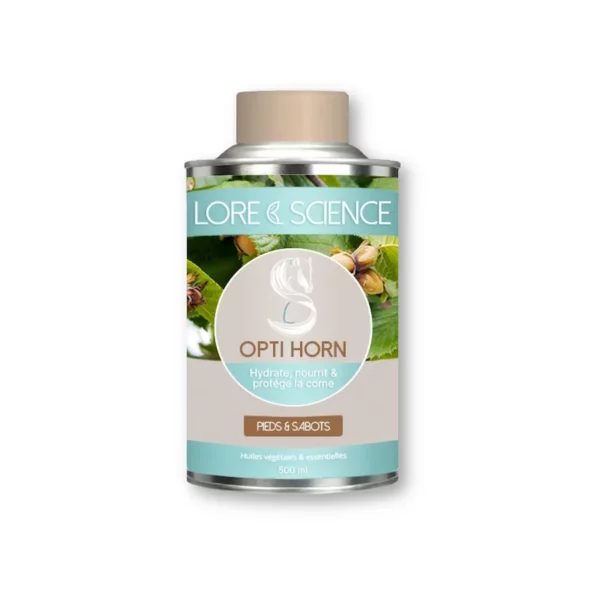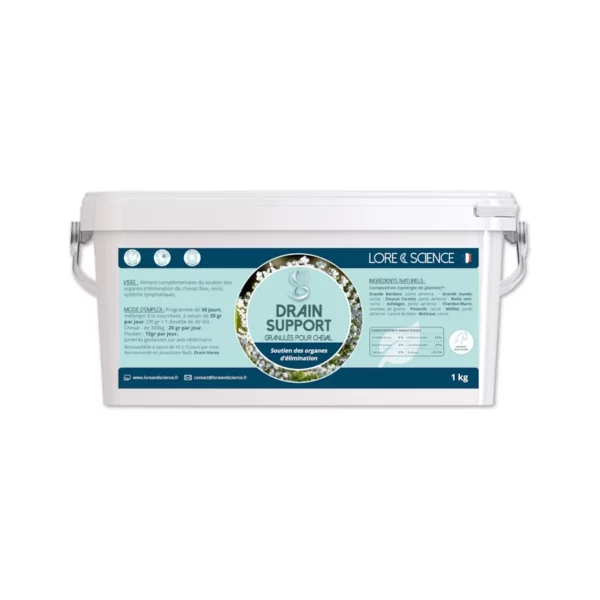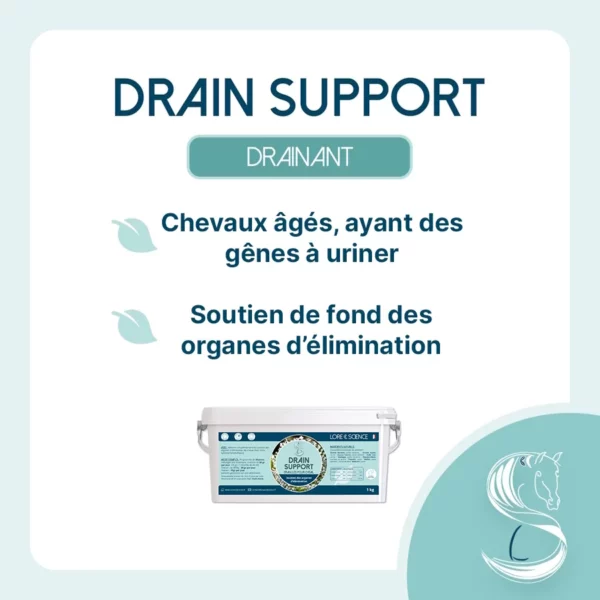The equestrian world is witnessing a growing trend towards unshod horses, i.e. the practice of leaving horses unshod, often referred to as "barefooting". This much-debated practice is part of a more natural approach that respects equine physiology. But how do you maintain barefoot horses' hooves to guarantee their well-being and performance? Lore & Science guides you through the fundamental principles and best practices for optimal care of barefoot horses' feet.
Why opt for unshoeing?
Dehorning, or leaving horses barefoot, is based on a philosophy that aims to respect the intrinsic nature of the horse. In the wild, horses travel long distances over a variety of terrains, allowing their hooves to wear naturally and evenly. Wearing shoes, while justified in certain contexts, alters the way the horn wears and can alter blood circulation in the horse's feet. Removing shoes therefore means restoring a more natural balance. Horses without shoes often develop a harder, denser horn, capable of withstanding a variety of terrains. What's more, the absence of shoes provides more natural cushioning, which can reduce the risk of injury to tendons and joints.
Adapting the horse to bare feet
The transition from shoeing to barefoot requires a careful, gradual transition. The horse, accustomed to wearing shoes, must adapt to the new demands on its hooves. During this period, your horse may be more sensitive, especially on hard or stony ground. This sensitivity is normal and should not be confused with lameness.
To ease this transition, we recommend gradually reducing the amount of time spent working on hard surfaces, while allowing the horse to get used to different types of terrain. The use of hipposandals, temporary shoes for horses, can be a temporary solution to protect hooves while allowing a smooth adaptation.
Choosing the right plot
The ground on which an unshod horse runs plays a crucial role in hoof maintenance. Ground that is too soft or too muddy can excessively soften the horn, while ground that is too hard or stony can lead to premature wear. It's important to strike a balance and adapt outings to the quality of the terrain.
The varied soils, which alternate between sandy, grassy and stony surfaces, provide natural, balanced hoof wear. They also help to gradually strengthen the horn. However, it is essential to monitor the condition of the hooves and adjust the horse's work according to the evolution of the horn.
Hoof care basics
The importance of regular trimming
Regular trimming is the key to hoof care for barefoot horses. Trimming involves trimming and shaping the horn to maintain optimum hoof shape. Regular trimming prevents the horn from thickening too much or becoming deformed.
Trimming must be carried out by a professional farrier . It must be adapted to each horse's morphology, taking into account horn quality, hoof shape and the type of terrain in which the animal is used. In general, trimming is recommended every six to eight weeks, although this frequency can vary according to horn growth.
Moisturize and nourish horn
Another fundamental aspect of hoof care is the hydration and nutrition of the horn. A dry horn is more likely to crack or break, which can lead to infection or lameness. To maintain a healthy horn, regular hydration is essential.
There are several ways to moisturize hooves. One of the simplest is to regularly soak the horse's feet in water, especially in dry weather. Specific ointments or oils can also be applied to nourish the horn and prevent dryness. Be careful, however, not to overuse them: a horn that's too soft can be just as problematic as one that's too dry.
Opti Horn is the perfect ally for horse owners who want to optimize the care of their companions' feet. This 100% natural external care product combines plant and essential oils to moisturize and protect hooves. It not only deeply nourishes the horn, but also creates a protective film on its surface, effective against external aggressions. For dry or damaged feet, Opti Horn provides fast, lasting relief, thanks to its natural cooling effect that immediately soothes sensitive areas. What's more, during intense sporting events, when hooves are subjected to increased stress, this care product plays a preventive role by strengthening the horn and limiting the risk of deterioration.
To promote hoof growth and strengthen horn, we recommend alternating with Sabot Booster.
Prevent infections and abscesses
Barefoot horses, especially when going through a period of adaptation after shoeing, can be more susceptible to infections and abscesses. The latter are often caused by foreign bodies penetrating the horn and creating pockets of pus. Good hygiene is essential to prevent these problems.
It's important to clean hooves daily, removing any dirt or stones that may be lodged in them. The use of a hoof pick is indispensable for this task. In addition, regular inspection enables any abnormality to be detected early, such as cracks or areas of softer horn, and action to be taken before the problem worsens. If the horse shows increased sensitivity on hard or rough surfaces, this may indicate that the horn is not sufficiently thick or hard.
Conclusion
Maintaining a barefoot horse's hooves takes time, observation and expertise. It's a commitment to the animal's well-being, requiring a thorough understanding of hoof physiology and the specific needs of each horse. When properly managed, dehorning can offer many benefits, including improved foot health and a more natural gait. However, the success of this approach depends on rigorous maintenance, appropriate trimming and constant attention to the horse's needs.
Share your experience or questions with us in the comments ↓
















